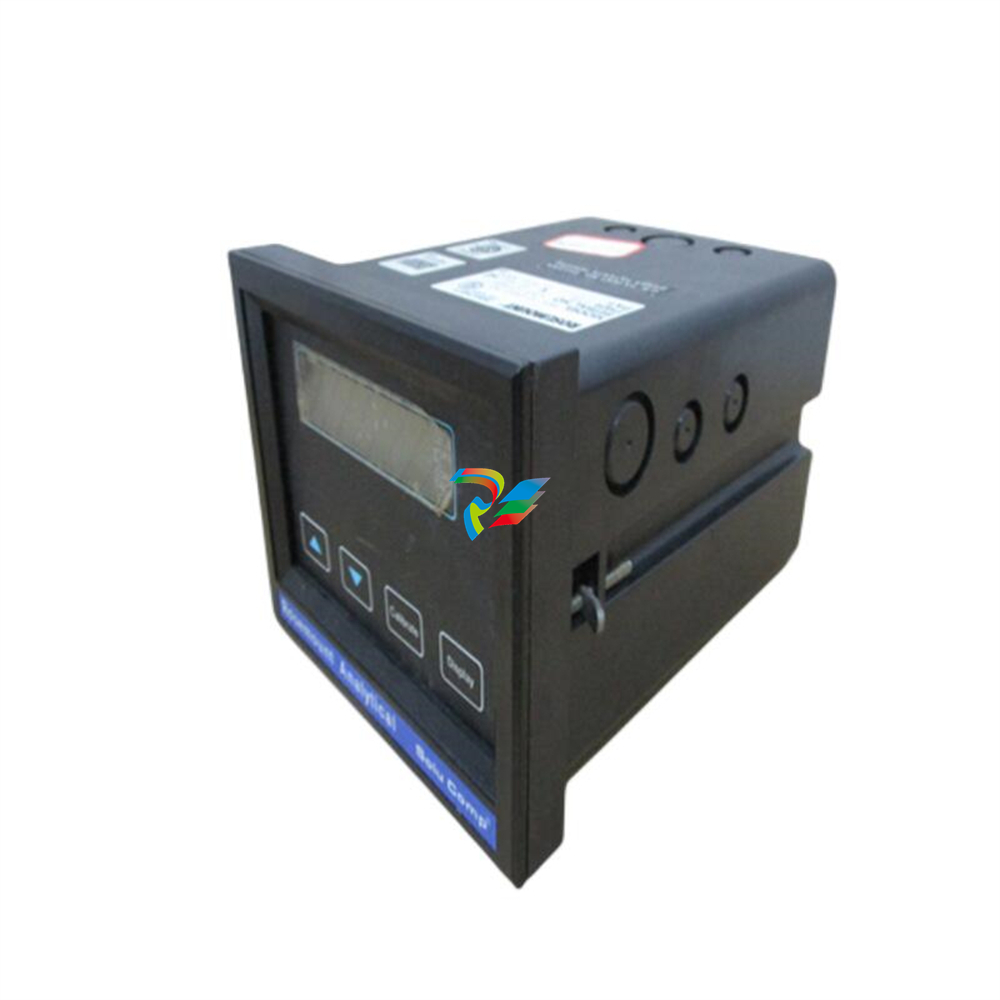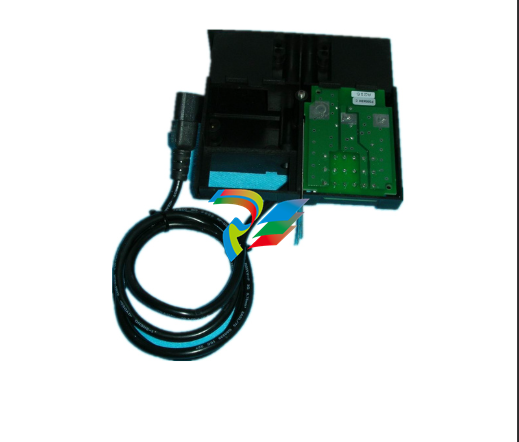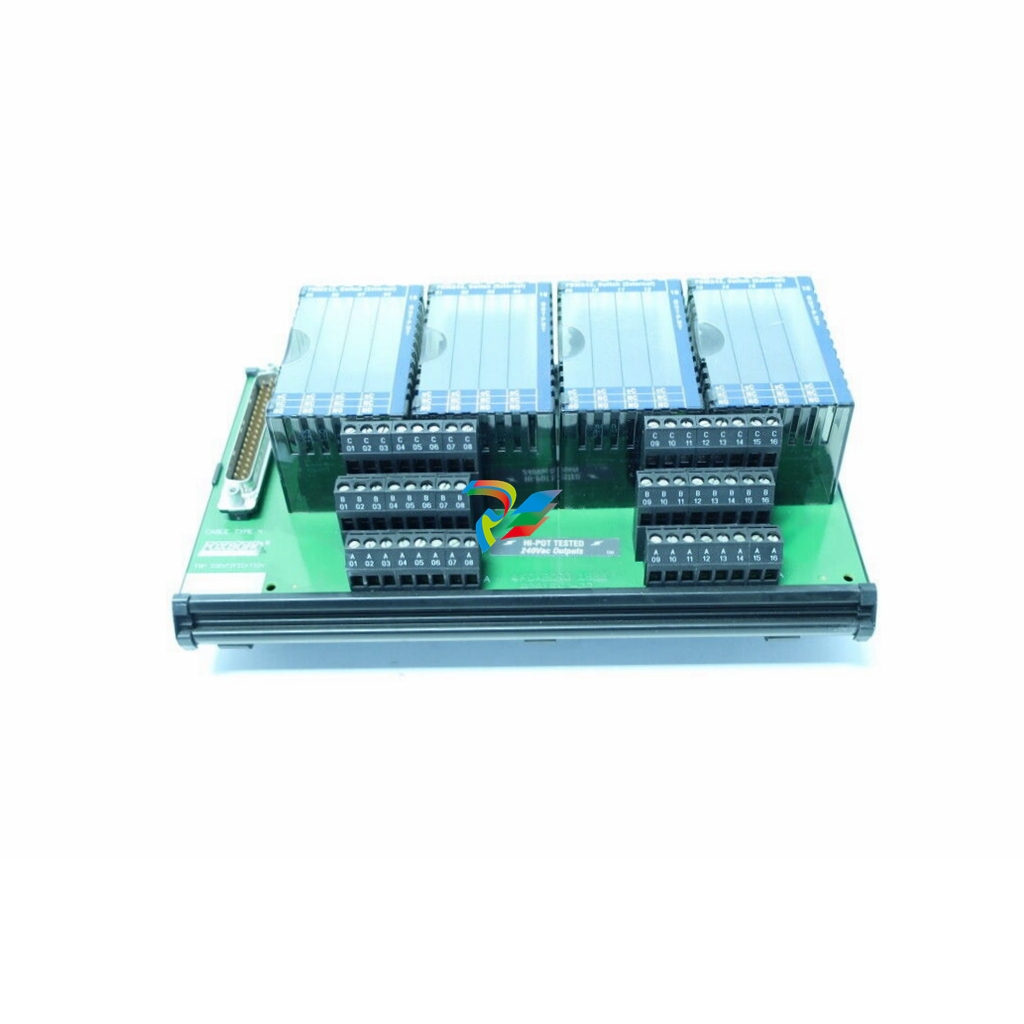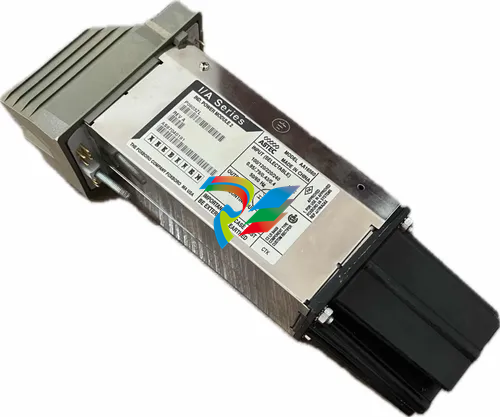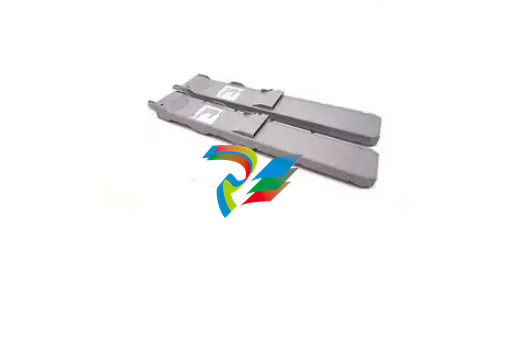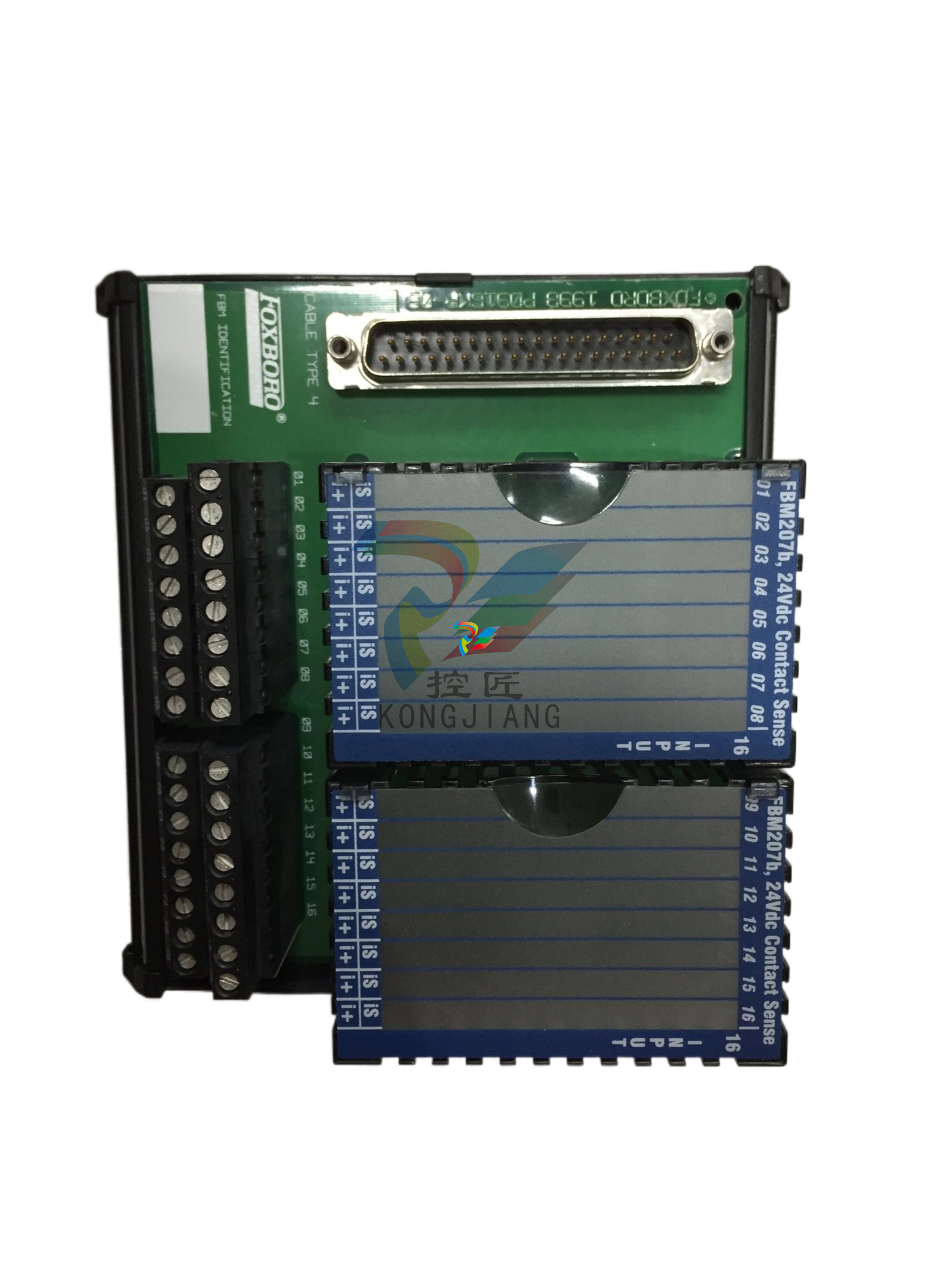
Smart Gauging Systems Improve Tank Farm Efficiency
Examining total cost of ownership
Frustration with the old instrumentation was not the only motivator for the previously mentioned refinery’s system upgrade. It also studied total cost of ownership (TCO), a critical performance indicator for evaluating the benefit of tank gauging systems. Typically, about 20 percent of this cost is attributed to initial purchase and startup costs, and 80 percent is attributed to operational costs. Although purchase price cannot be overlooked, operational costs are typically much more consequential over the life of these systems.
TCO can be reduced by:
standardizing with a tank gauging system
enabling cloud connectivity for enhanced monitoring and insights
implementing process and safety improvements
reducing time spent on top of the tank
eliminating obsolete equipment to reduce excess maintenance
engaging third-party support to reduce in-house technical expertise requirements.
From thermodynamics to business continuity
The second law of thermodynamics is not exclusive to physics classrooms and textbooks. Left unmitigated, efficiency in any electrical, mechanical, chemical, or other industrial system inevitably decreases over time. The old world of tank gauging systems required extensive manual intervention to address issues and maintain measurement accuracy, but the next frontier automates most of these tasks.
Equipped with smart instrument features in a central repository—such as self-diagnostics, automatic calibration verification, and record keeping—along with the computing and alerting capabilities of the cloud, modern tank gauging systems are empowering plant personnel to move away from reactive firefighting to proactive and predictive maintenance methods. This helps maintain measurement accuracy, improves personnel safety, and increases system uptime, leading to fewer delays in transfer and distribution, and greater business continuity and reliability.

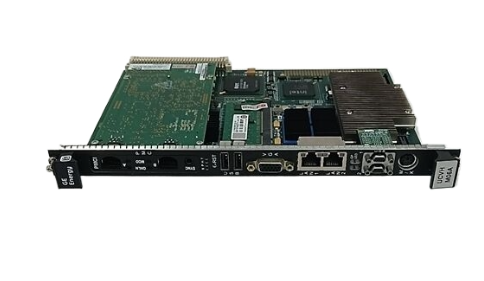
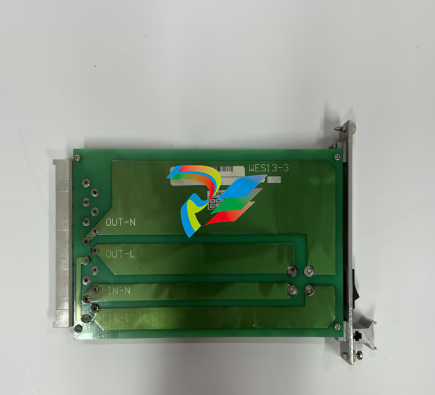
.jpg)

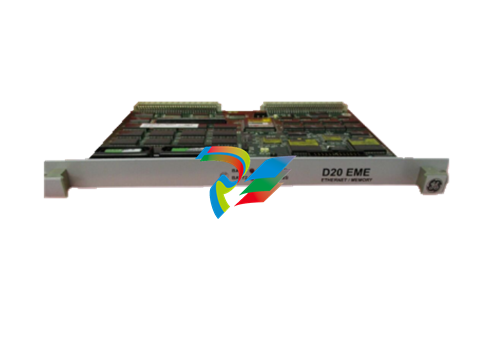
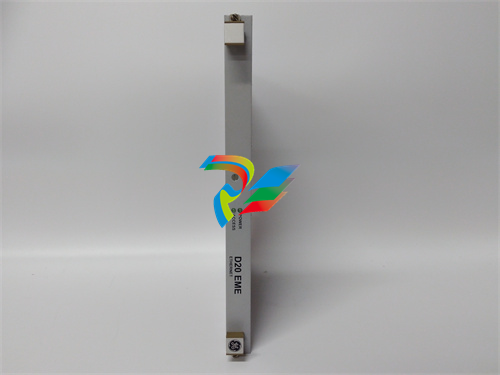
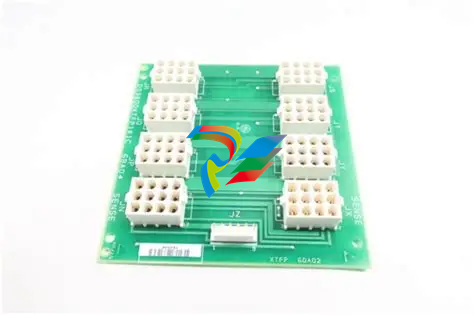












































.jpg)
.jpg)





.jpg)



.png)
.jpg)

.jpg)
_lVjBYb.jpg)

.jpg)
.jpg)



.jpg)
.jpg)







.jpg)

.jpg)
.jpg)






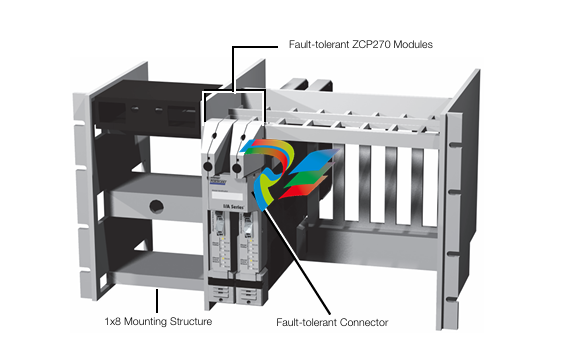

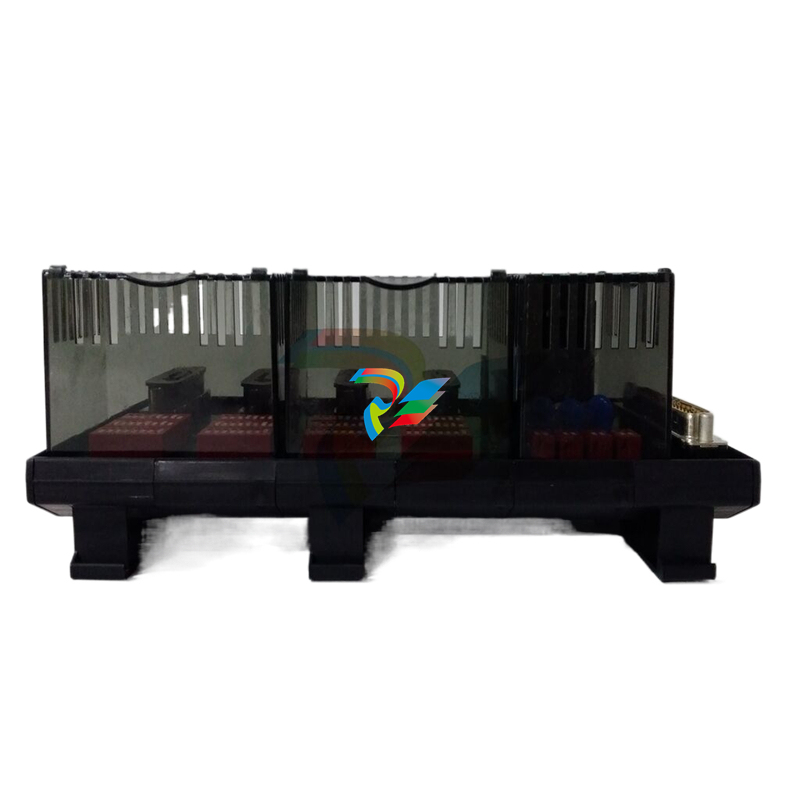
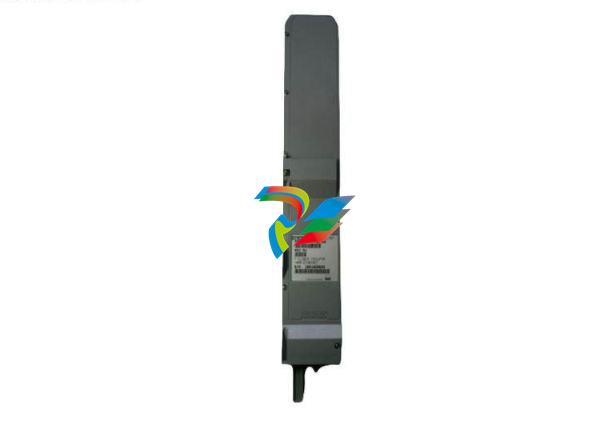
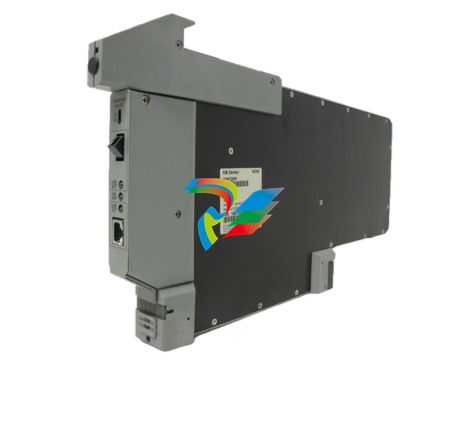
.jpg)
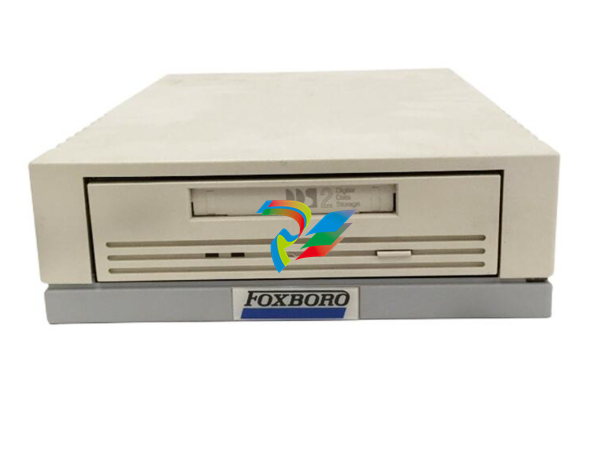

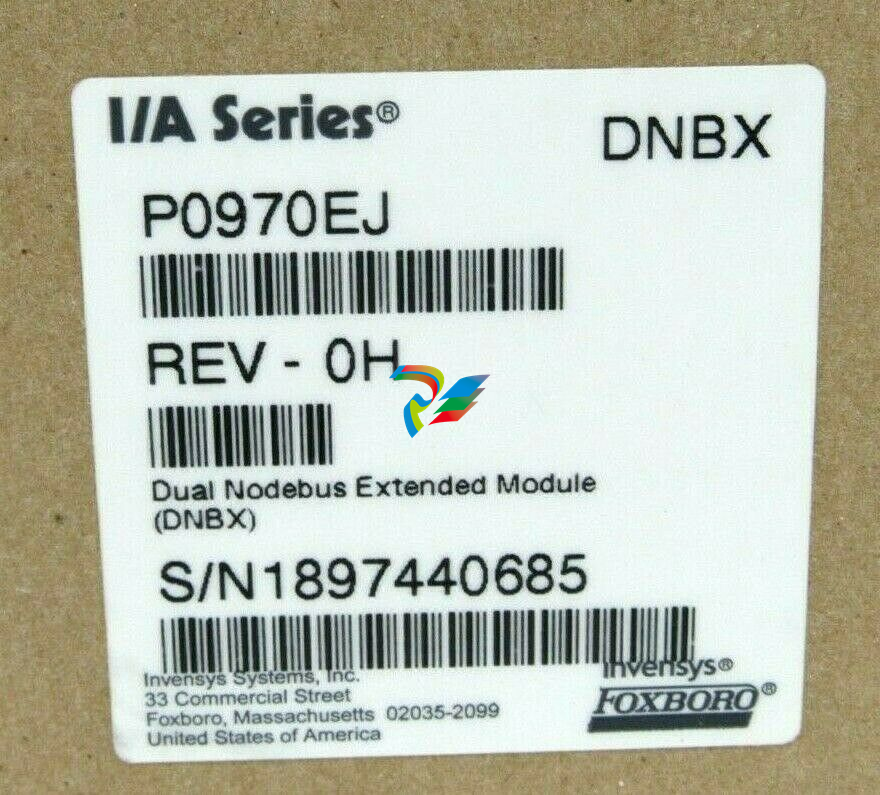

.jpg)
.jpg)
.jpg)
.jpg)
.jpg)
.jpg)
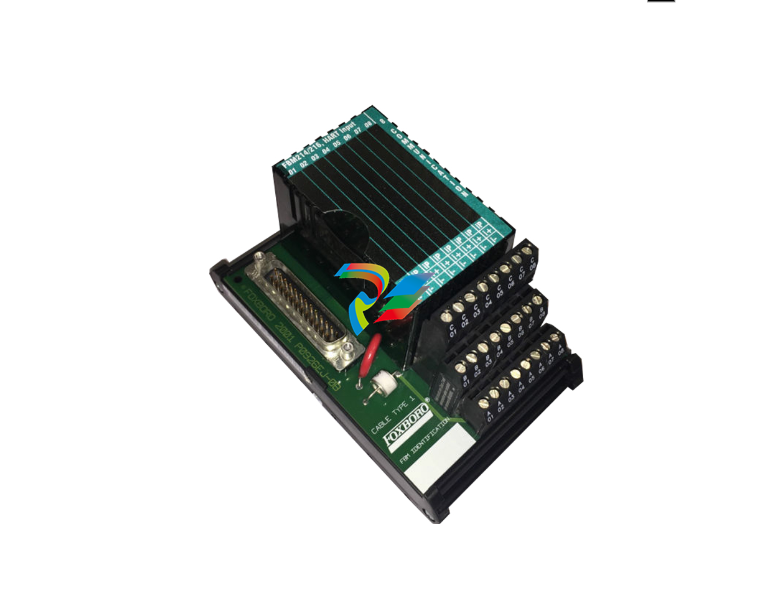
.jpg)
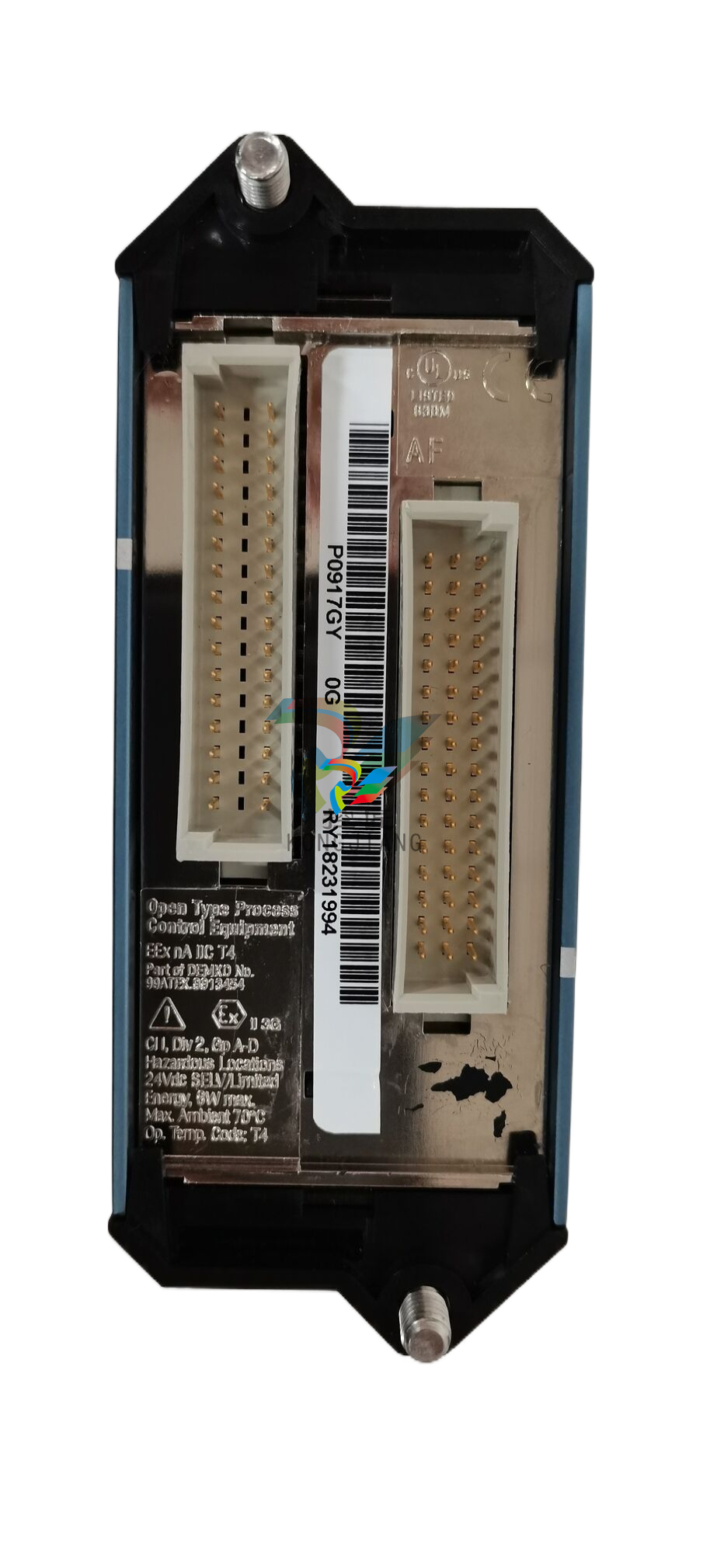
.jpg)
.jpg)
.jpg)
